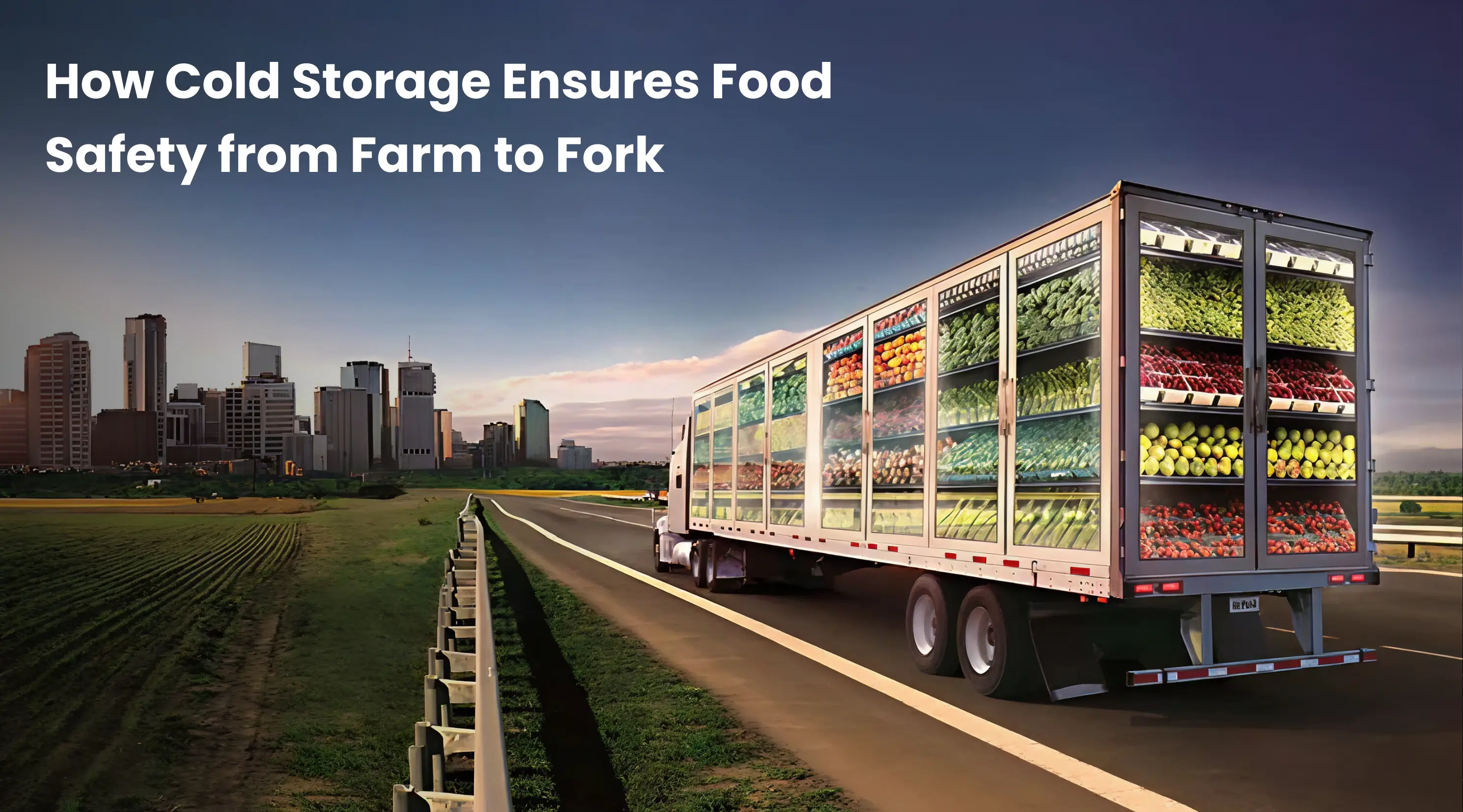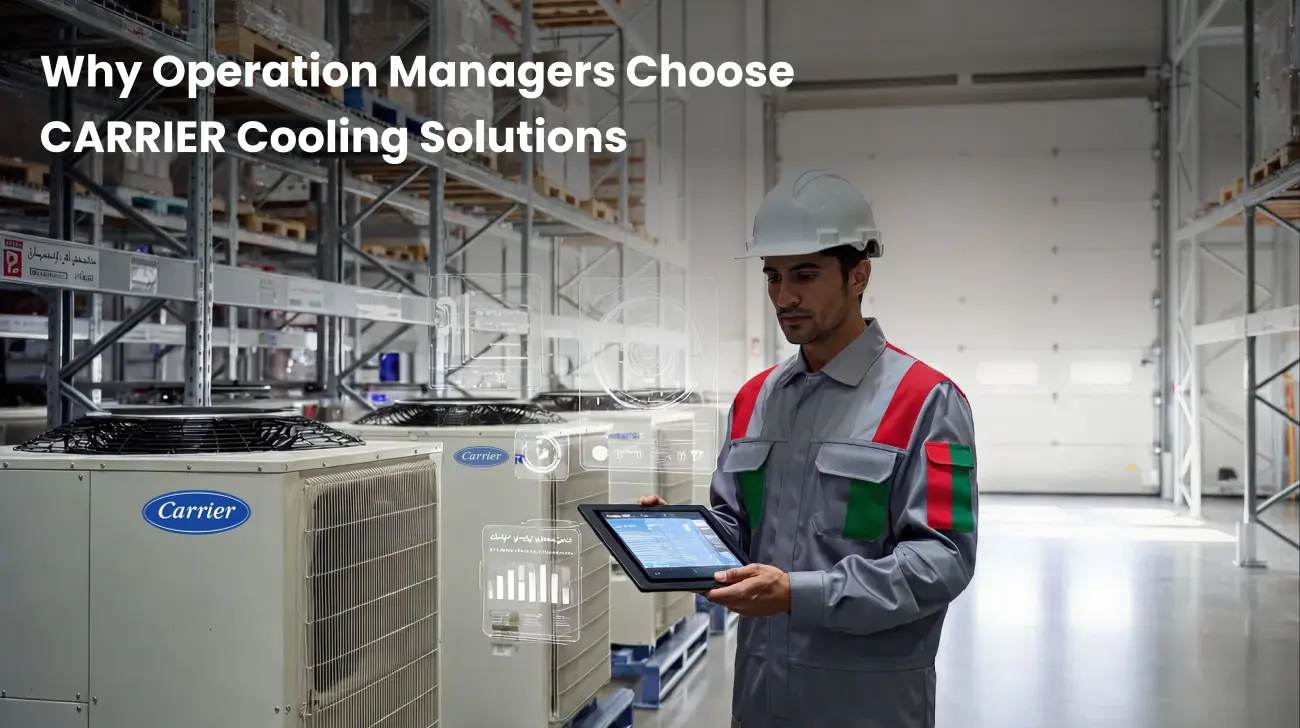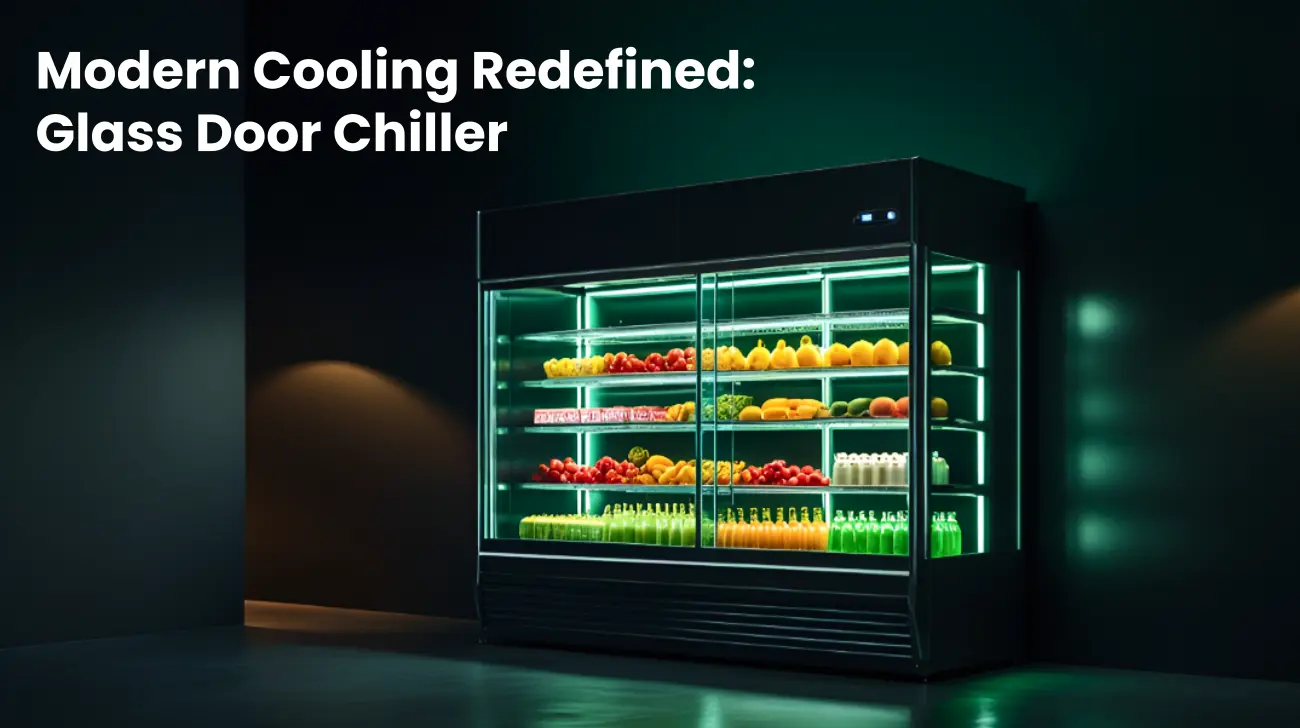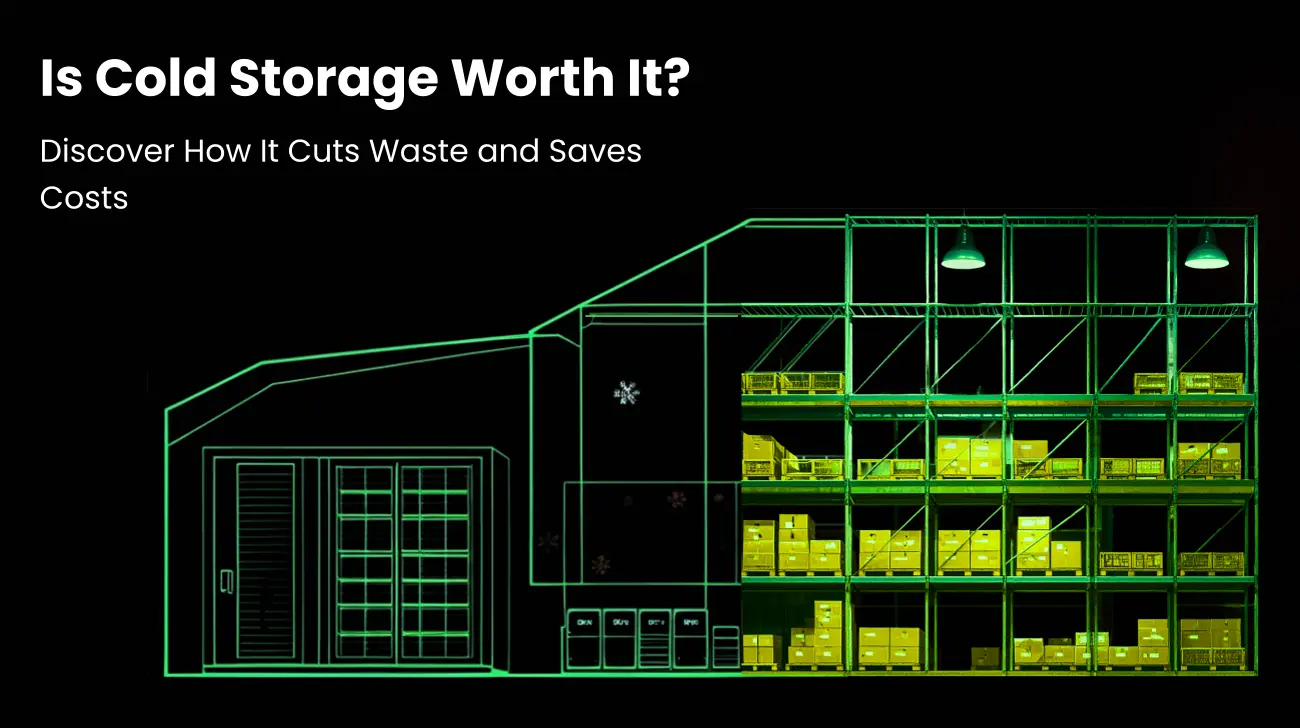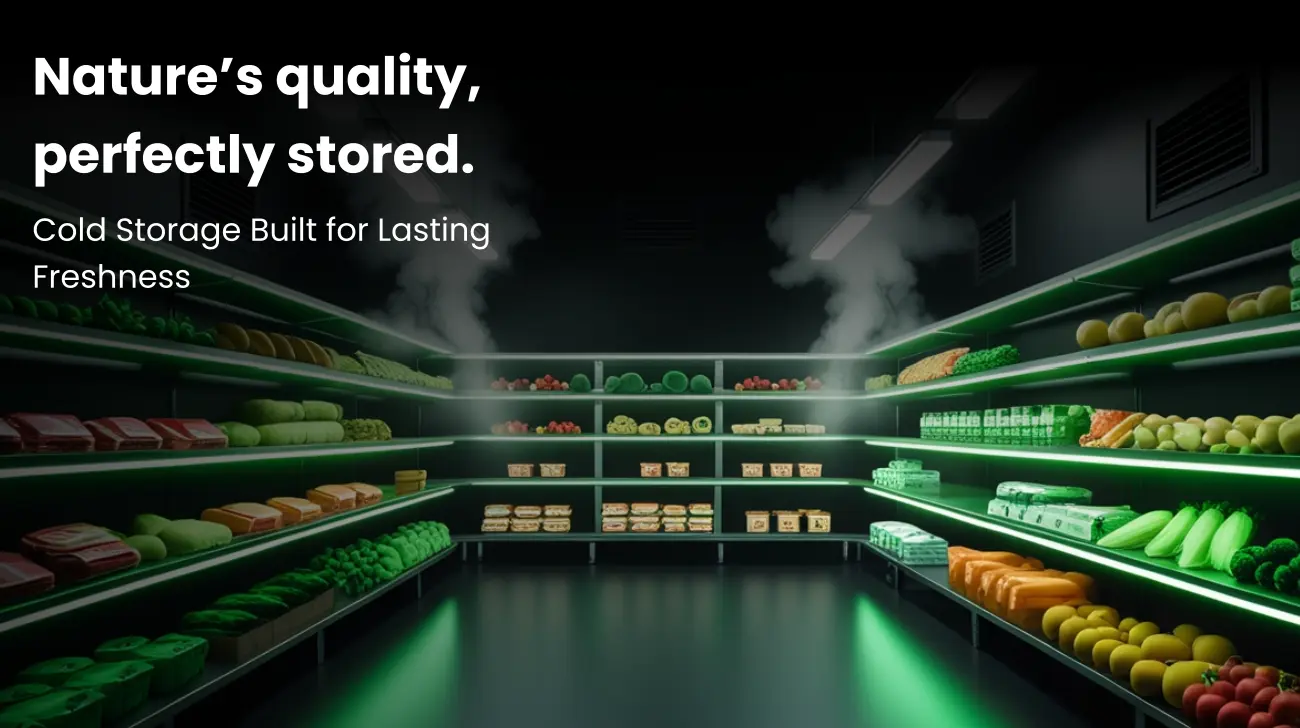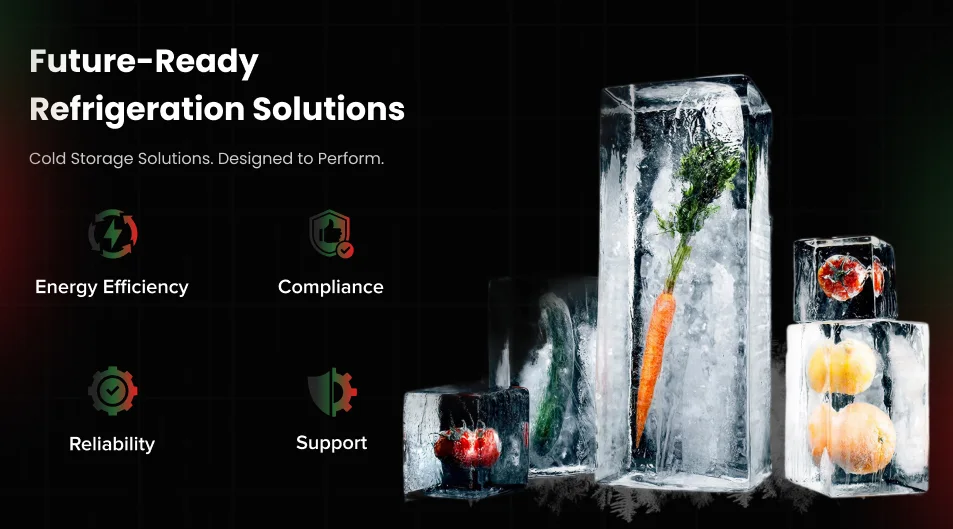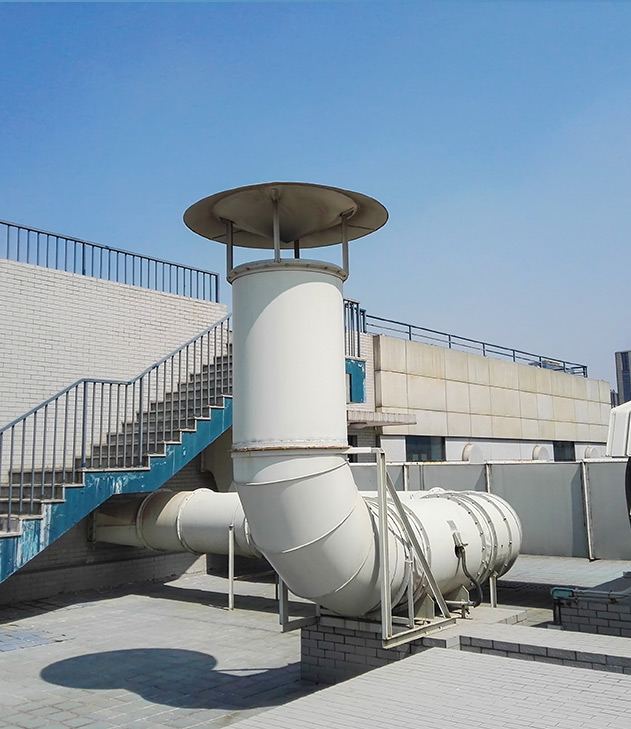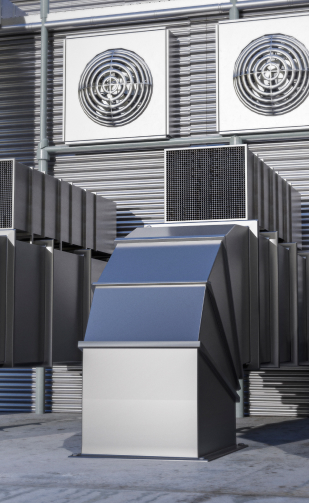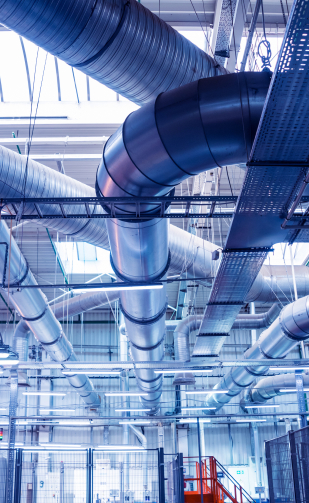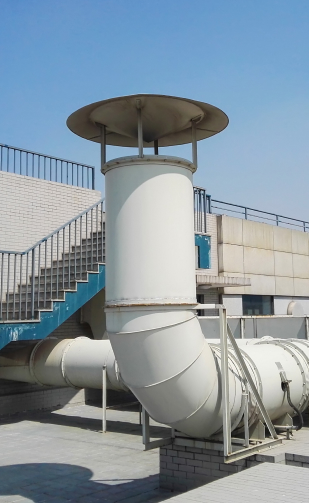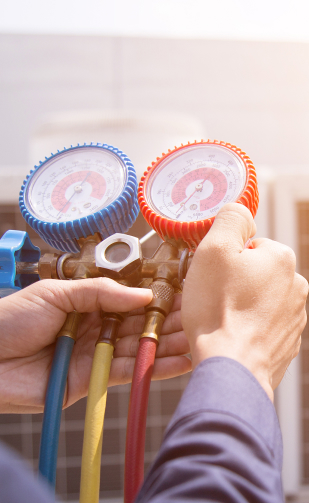In today’s global food supply network, temperature-controlled storage plays a pivotal role in ensuring that the food we consume remains safe, fresh, and nutritious. Whether it’s fresh produce, meat, seafood, or dairy, maintaining controlled temperatures throughout the journey—from the farm to the dining table—is what keeps food safe from contamination and spoilage. This comprehensive guide explores how cold storage ensures safety from farm to fork, combining modern innovations, sustainability, and trust built through decades of expertise.
Understanding the Cold Chain: A Guide to Safe Food Storage
The Cold Chain is a temperature-controlled supply chain designed to maintain the integrity and safety of perishable items. From the moment a product is harvested or processed, it begins a carefully monitored journey that involves cooling, storage, transportation, and retail display—all under specific temperature ranges.
A reliable cold chain system prevents bacterial growth, extends shelf life, and preserves nutrients. This isn’t just a convenience—it’s a critical component of safety measures that protect public health and ensure best quality.
For businesses in the food sector, understanding and implementing a robust cold chain is the first step in guaranteeing that what reaches the consumer’s plate is both safe and delicious.
The Science Behind the Cooling Process
At the heart of every cold storage system is the cooling process, which reduces the temperature of food items to levels that inhibit microbial growth. Bacteria such as Salmonella and E. coli thrive in warm conditions, and improper storage can quickly turn safe food into a source of illness.
By maintaining controlled temperatures, typically between 0°C and 4°C for refrigeration and -18°C for freezing, frozen food storage facilities slow down chemical reactions and biological activity that cause spoilage. This scientific precision ensures that every apple, fish fillet, or dairy product retains its natural taste, texture, and nutritional value.
Industrial cold storage: The Guardian of Quality and Health
Beyond preserving freshness, cold room solutions prevent illness by halting the growth of harmful pathogens. This safeguard is particularly vital in regions where food must travel long distances between farms and consumers.
Modern cold chain systems are designed not only to serve quality but also to meet international health standards. Automation, IoT-based temperature monitoring, and real-time alerts have revolutionized how businesses manage perishable goods.
By integrating these technologies, suppliers ensure compliance with safety regulations and reassure consumers that their food has been handled responsibly every step of the way.
Key Food Safety Measures in Cold Storage
Effective food safety measures begin with proper temperature management but extend into sanitation, air circulation, and humidity control. Some of the essential practices include:
- Temperature Mapping: Identifying cold and warm zones to maintain consistent cooling.
- Regular Equipment Maintenance: Ensuring chillers, compressors, and insulation systems function optimally.
- Product Segregation: Storing raw and cooked foods separately to prevent cross-contamination.
- Monitoring & Traceability: Using data logging systems that record temperature fluctuations and storage history.
Cold Storage Manufacturers in the UAE: Pioneering Innovation
Across the Middle East, Thermodynamics, a leading cold room manufacturer in the UAE, is setting new benchmarks for innovation and reliability. With the UAE’s rising demand for imported fresh produce and seafood, the region has become a hub for advanced cold storage technology.
Thermodynamics designs custom solutions tailored to local climate conditions, combining robust insulation, energy-efficient compressors, and smart temperature controls. These systems go beyond traditional cold boxes—they function as integrated ecosystems that support the entire food cold chain, from ports to restaurants.
By prioritizing energy efficiency and sustainability, Thermodynamics helps businesses reduce operational costs while ensuring safety and quality, delivering reliable and future-ready cold storage solutions.
Custom Solutions for Diverse Food Storage Needs
No two food products require the same storage conditions. That’s why custom solutions are at the core of modern temperature-controlled design. For example:
- Fruits and Vegetables: Require high humidity and moderate cooling to prevent dehydration.
- Seafood and Meat: Need rapid freezing systems to maintain texture and prevent bacterial growth.
- Dairy Products: Depend on precise temperature and humidity control to maintain freshness.
By customizing storage parameters, businesses can preserve product integrity while reducing energy consumption—delivering consistent quality to consumers.
Aimed New Technologies Transforming the Cold Storage Landscape
The future of cold storage is being reshaped by new technologies aimed at increasing precision, sustainability, and automation. Key trends include:
- IoT and AI Monitoring: Sensors track temperature, humidity, and air quality in real time.
- Blockchain Integration: Enhances traceability and food transparency from origin to consumer.
- Renewable Energy Systems: Solar-powered refrigeration units improve energy efficiency and reduce carbon footprints.
- Predictive Maintenance: AI algorithms detect faults before equipment fails, minimizing downtime and product loss.
These technologies not only improve operational efficiency but also strengthen trustworthiness, as they offer verifiable data on how food is handled.
Energy Efficiency and Environmental Responsibility
One of the most pressing challenges for Chilled storage facilities is balancing performance with energy efficiency. Refrigeration systems consume significant power, and poor energy management can lead to both economic and environmental losses.
Innovations such as variable-speed compressors, advanced insulation materials, and eco-friendly refrigerants are helping facilities lower energy costs and carbon emissions. Additionally, cooling process optimization ensures that food is chilled efficiently without overconsumption of resources.
Sustainable cold storage is no longer optional—it’s a business imperative aligned with global green goals.
Ensuring End-to-End Food Safety: From Farm to Fork
The concept of “from farm to fork” embodies a holistic approach to food safety. It ensures that every stage—from harvesting, processing, and packaging to distribution and consumption—is governed by stringent controls.
Cold storage plays a central role in this process by maintaining controlled temperatures and product integrity throughout. Whether it’s preserving freshly picked fruits from farms or safeguarding dairy during retail storage, each stage depends on reliable refrigeration.
By maintaining the chain without interruption, cold storage ensures that consumers receive food that’s as safe and nutritious as when it left the source.
Building Trust Through Experience and Expertise
The success of any food safety strategy relies on experience and expertise. Manufacturers, logistics providers, and food processors must work in synergy to ensure seamless cold chain management.
Trust is built through transparency—using real-time data monitoring, certifications, and adherence to international standards such as HACCP (Hazard Analysis and Critical Control Points).
Brands that demonstrate these practices position themselves as authoritative leaders in food safety, earning long-term customer loyalty and competitive advantage in the marketplace.
How Cold Storage Serves Quality and Prevents Illness
Food quality and safety are inseparable. Cold storage doesn’t just extend shelf life—it actively prevents illness by reducing microbial risks. From temperature-sensitive vaccines to ready-to-eat meals, every product benefits from precise thermal regulation.
By keeping food fresh, minimizing spoilage, and preserving texture and flavor, frozen food storage ensures that consumers experience the best possible quality. This reinforces the value of food safety as a shared responsibility between producers, suppliers, and consumers.
The Future of Cold Storage: Smarter, Cleaner, and More Connected
Looking ahead, the cold storage industry is moving toward smarter, cleaner, and more connected solutions. In the near future, we’ll see fully automated facilities powered by AI, delivering real-time insights into temperature control, food tracking, and carbon efficiency. These developments will enhance transparency, safety, and sustainability—hallmarks of a trusted global food system.
Conclusion: Cold Storage—The Unsung Hero of Food Safety
From the farmer’s field to the consumer’s plate, the cold chain ensures food safety from farm to fork. It connects producers, distributors, and retailers through a seamless food cold chain built on trust, innovation, and accountability.
By embracing new technologies, energy efficiency, and custom solutions, businesses can meet growing consumer demand for safe, sustainable, and high-quality food.
In an era where food safety defines brand reputation and consumer trust, cold storage warehouse stands as the silent hero—preserving freshness, protecting health, and powering the future of global food security.

